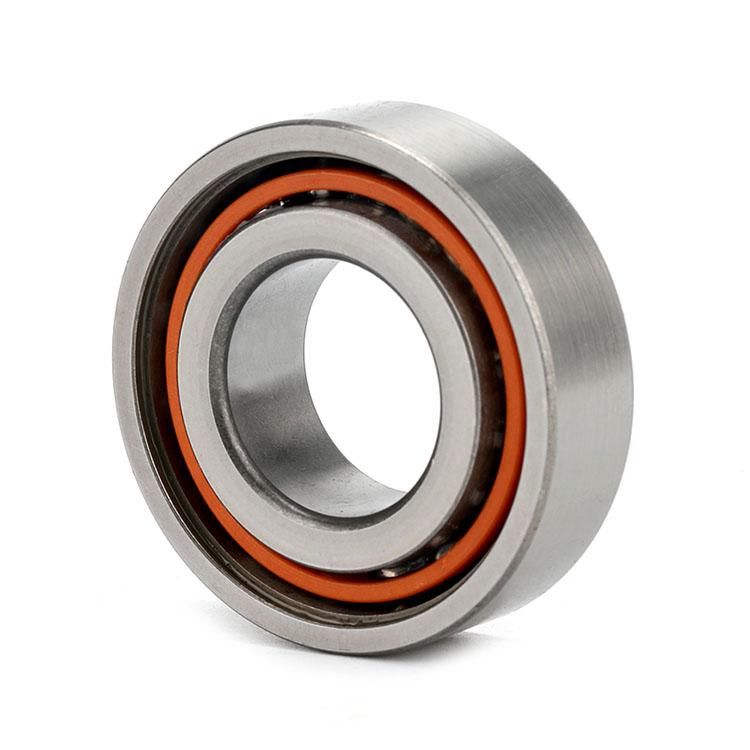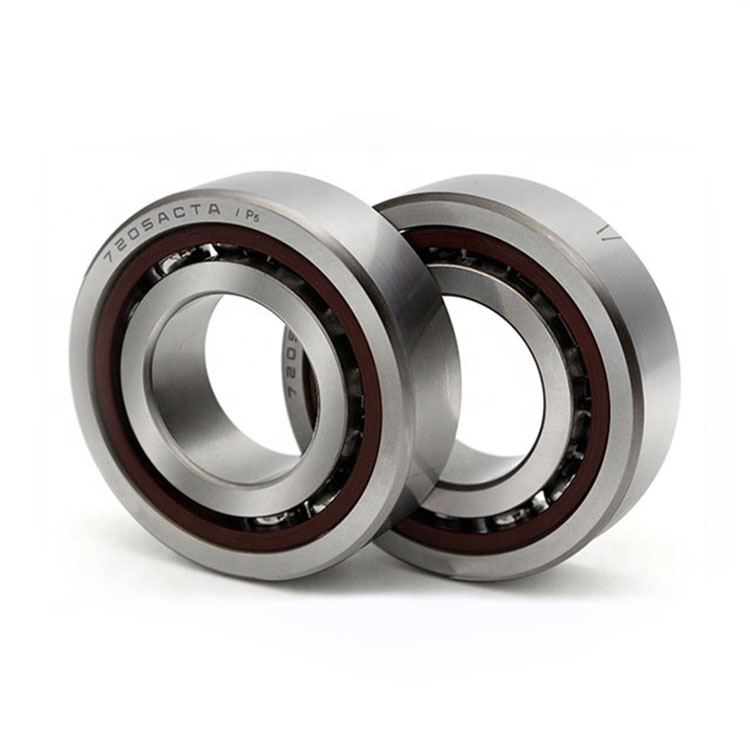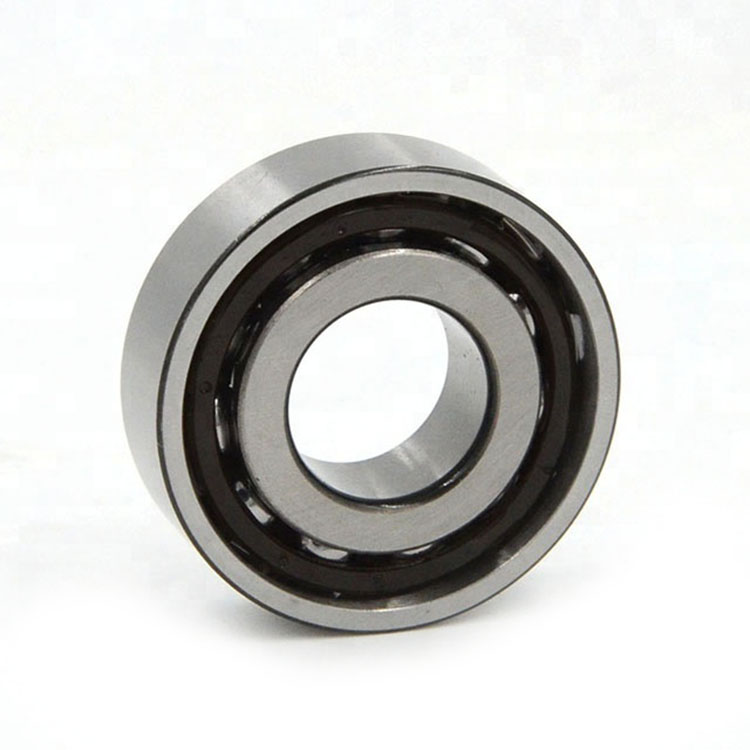Bearing cage, also known as ball cage bearings retainer, refers to a bearing part that partially wraps all or part of the rolling body and moves with it to isolate the rolling body, usually guide the rolling body and keep it in the bearing.
The cage plays the role of isolating the rolling elements equidistantly in the rolling bearing, preventing the rolling elements from falling, and guiding and driving the rolling elements to rotate. The first damaged part of the bearing is often the cage. The cage can be said to be the "rib" of the bearing, which distributes the rolling elements evenly and orderly, so that the rolling elements can swim freely and evenly between the inner ring and the outer ring. The load acts on all parts of the inner ring and outer ring at a uniform speed. If the cage is damaged, the rolling elements are stuck or the surface layer is corroded, so that the rolling elements cannot rotate smoothly, which will easily shorten the service life of the bearing, increase the noise, or even damage it.
The types of cage materials include mild steel stainless steel cages, bakelite, nylon cages, brass, bronze and aluminum alloy cages.
There are two kinds of steel cages: stamping and solid; steel plate or steel forgings are used; this cage has high strength and light material; it is mostly used for deep groove ball bearings, spherical roller bearings and most tapered roller bearings, and is generally not subject to Influenced by mineral oil-based or alkali-containing oil-based lubricants of rolling bearings; but this cage is susceptible to rust due to the influence of water and water vapor; the operating temperature of the cage can reach 300 °C.
ball cage bearings Brass cages are also available in stamping and solid types, and stamping parts are only suitable for small and medium-sized ball cage bearings; materials include brass plates, brass castings or brass forgings; equivalent to steel stamping cages, but with relatively low density and high limit speed ; The cage is not affected by lubricants, including synthetic oil and grease; but the brass cage cannot be used in applications above 300 °C (working temperature is below 300 °C), and is not suitable for ammonia cooling, because ammonia will cause Brass breaks seasonally;

The polyamide cage is a solid cage (injection molding method); due to the advantages of polyamide nylon material elasticity and light weight, this cage has very good sliding and self-lubricating properties. It is especially suitable for vibration shock stress or high acceleration and deceleration, or when the inner and outer rings of the ball cage bearings are inclined to each other; however, the polyamide nylon cage may be affected by special lubrication; it cannot be used in vacuum, because it will be dehydrated due to dehydration. And become brittle; its working temperature is lower than -40 ℃ to 120 ℃, the temperature is too low will make nylon lose elasticity.

Welcome to contact me to get the price of ball cage bearings!
Contact: Ellen
Email: [email protected]
Skype: +8618668909563
MP/Whatsapp: +8618668909563
Wechat:18668909563
Double row angular contact ball bearing installation is more complex than deep groove ball bearin...
Failure reason of micro miniature bearing About 40% of the failure of micro miniature bearings i...
Novice Mistakes 1: Do not consider the characteristics of your own actions, blindly choose Althou...
When assembling cnc machine bearings, the Venus machine tool must be preloaded, so that the origi...
Performance characteristics of stainless steel self-aligning ball bearing Self-aligning ball bear...
The long board has a strong sense of operation and is quick to get started. The longboard is a mu...
The tapered thrust bearing with cage is a split design so that the two washers as well as the rol...
Disassembly of the tapered needle bearing: When the bearing is to be used continuously after it i...

TEL: +86 183-6303-1398
E-mail: [email protected]
E-mail: [email protected]
Whatsapp: +8618668909563
Whatsapp: +8618363031398
ADD: Room E3-1203, Mingquanchunxiao, Dikou Road, Tianqiao District, Jinan City Shandong Province, China.